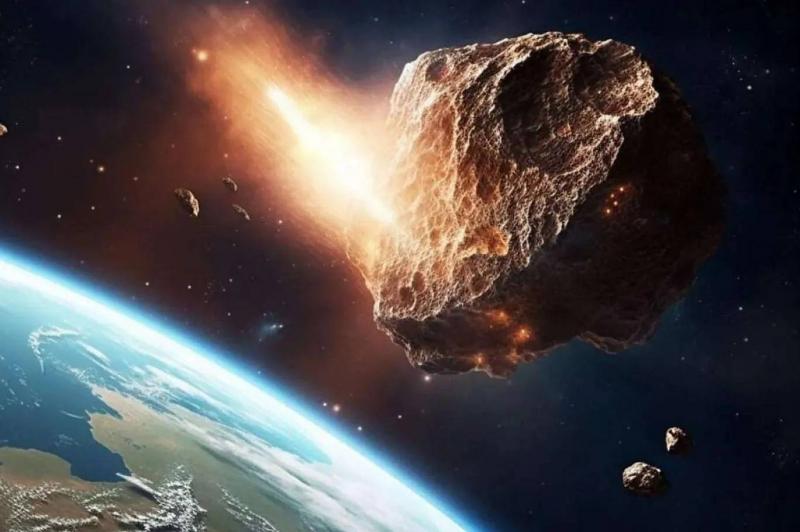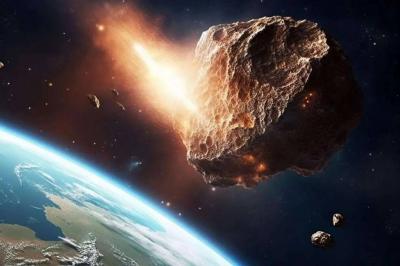After NASA previously predicted that a "lost" asteroid would strike Earth this year, potentially eradicating human life, the agency has revealed the possible date for the impact. The space rock, named 2007 FT3, was detected 16 years ago and officially dubbed the "lost asteroid." It has been observed long enough for scientists to determine its orbit and any possible points of collision with our planet. NASA's Near-Earth Object Studies Center has identified approximately 89 potential impacts, ranging from October 3, 2024, to October 4, 2119, according to the British newspaper "Mirror." Fortunately, the likelihood of 2007 FT3 colliding with us is about 1 in 11.5 million.
A NASA spokesperson told the Standard: "There are no known threats from asteroid impacts on Earth at any time in the next century." They added, "Planetary scientists consider asteroids that come within 30 million miles (about 45 million km) of Earth's orbit as close approaches. The larger the asteroid, the easier it is for planetary defense experts to detect, meaning its orbit around the sun is usually well known and understood for years or even decades."
Despite the asteroid's weight of 54 million tons and estimated height of 1,030 feet (314 meters) making it seem threatening, it is relatively small by cosmic standards. Experts believe that the asteroid responsible for the extinction of the dinosaurs 66 million years ago was about 12 km wide, weighed nearly a trillion tons, and struck at a speed of around 45,000 miles per hour (about 72,000 km/h), resulting in an explosion equivalent to about 10 billion atomic bombs. It is believed to have hit Earth roughly 24 miles (38 km) off the coast of the Yucatán Peninsula in Mexico. The resulting crater is over 115 miles (185 km) wide and 20 miles (32 km) deep, half of which is underwater and the rest covered by rainforests.
This space rock played a significant role in the Cretaceous-Paleogene extinction event, wiping out nearly three-quarters of plant and animal species, including the largest land animals ever. Some burned alive or were submerged, but most starved to death. The asteroid had global consequences, as it ejected massive amounts of dust, sulfur, and carbon dioxide into the atmosphere. The dust and sulfur formed a cloud that reflected sunlight and significantly lowered Earth's temperature.
NASA and its partners are seriously monitoring the sky for asteroids and near-Earth objects (NEOs), tracking and classifying them, including those that may approach Earth.




